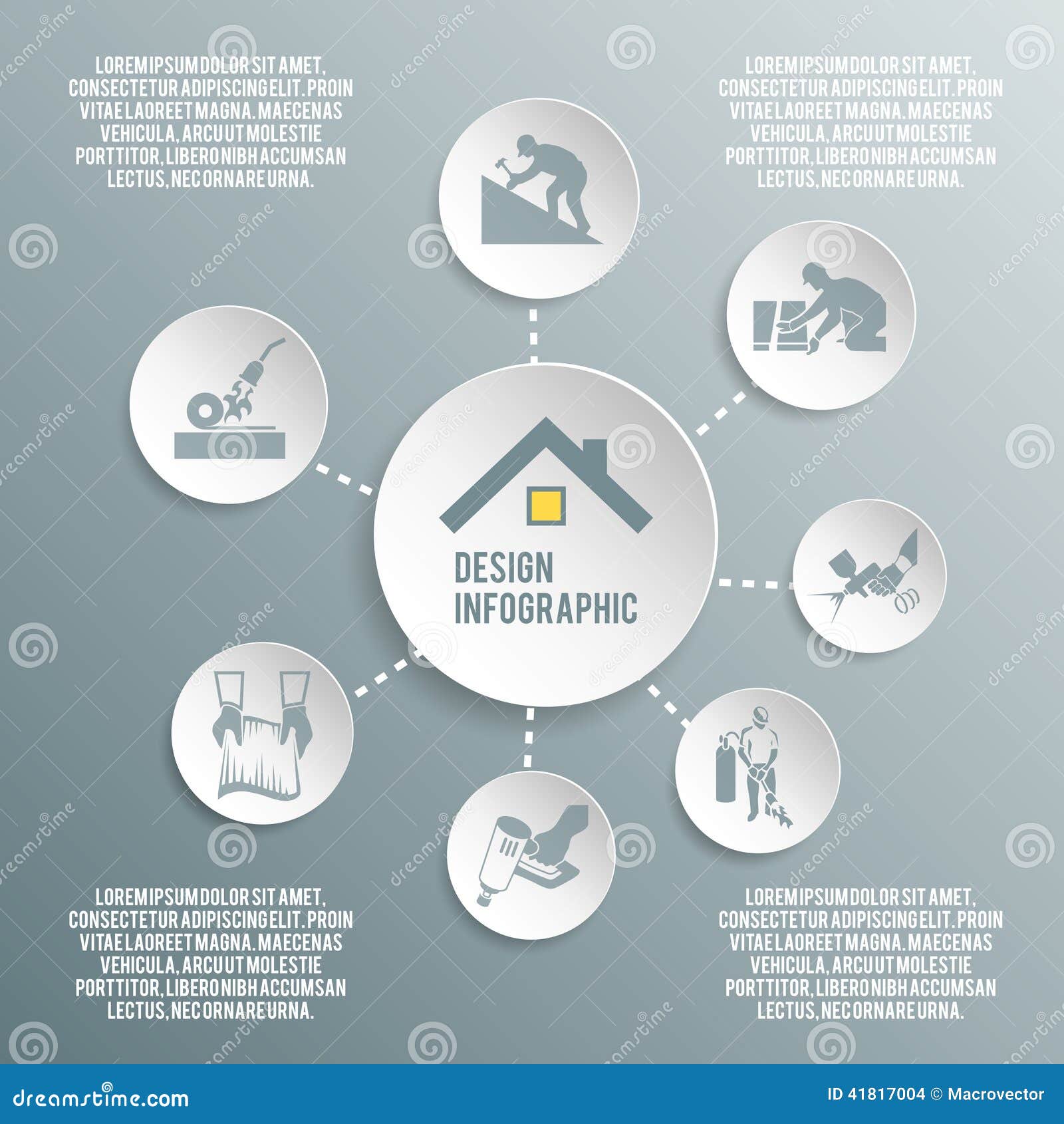Mull Over The Costs And Advantages Of Solar Installation To Uncover The Prospective Economic Gains Waiting For Those Considering This Renewable Energy Financial Investment
Mull Over The Costs And Advantages Of Solar Installation To Uncover The Prospective Economic Gains Waiting For Those Considering This Renewable Energy Financial Investment
Blog Article
Short Article By-McQueen Stiles
When thinking about the costs of solar installation, you might question the in advance financial investment needed and whether it lines up with the potential long-lasting advantages. Comprehending the ins and outs of these expenses and the numerous factors affecting the total return can shed light on the worth suggestion of transitioning to solar power. By evaluating both the initial arrangement costs and the predicted cost savings in time, you can obtain understanding right into whether the financial investment in solar installation holds guarantee for your financial future.
Preliminary Arrangement Expenses
When taking into consideration the prices of solar installation, the preliminary arrangement expenses play a crucial role in your decision-making process. These upfront costs include the cost of photovoltaic panels, inverters, installing equipment, and installment labor.
solar system installers of photovoltaic panels can differ depending on the brand, efficiency, and dimension you pick. Inverters are essential for converting the sun's energy right into functional electricity and come in various types such as string inverters, microinverters, and power optimizers, each with its own cost ramifications.
Mounting equipment, such as racks and rails, is needed to safely set up solar panels on your roofing or residential or commercial property.
The installment labor cost covers the expert installment of the planetary system, ensuring that every little thing is established properly and effectively. Remember that while these initial setup expenditures may appear high, there are frequently rebates, tax incentives, and funding choices available to aid counter the prices and make solar installation a lot more budget friendly in the future.
Long-Term Cost Savings Evaluation
To recognize the financial advantages of solar installation over time, it's important to conduct an extensive long-lasting financial savings analysis. While the preliminary setup expenses of photovoltaic panels may appear overwhelming, the long-lasting cost savings can exceed these prices substantially. By using the power of the sunlight to create electrical power for your home, you can possibly conserve thousands of dollars on your energy bills over the life-span of your solar system.
Among the crucial aspects to think about in a long-term cost savings analysis is the decrease in your electricity costs. With photovoltaic panels, you can produce your electricity, minimizing and even removing your dependence on the grid. This can result in substantial cost savings, specifically as utility prices continue to rise.
In how long do residential solar panels last , lots of federal governments provide rewards such as tax credits and refunds for mounting photovoltaic panels, further improving your long-lasting savings. By capitalizing on these motivations and maximizing your solar power manufacturing, you can take pleasure in considerable financial benefits for many years ahead.
Roi Computation
Thinking about the financial advantages of solar installation, it's time to evaluate the Return on Investment (ROI) computation. Identifying the ROI involves contrasting the overall prices of installing a solar system with the monetary advantages it creates over its life-span.
To determine ROI, split the internet benefit from the system by the total investment price and increase by 100 to get a portion. The ROI formula is: (Web Earnings/ Overall Investment Cost) x 100.
For instance, if the complete cost of installing a planetary system is $20,000, and over its lifespan, it creates cost savings and revenues completing $30,000, the net profit would certainly be $10,000. Splitting this by the total financial investment expense of $20,000 provides a proportion of 0.5. Multiplying this by 100 gives an ROI of 50%.
Typically, a greater ROI suggests an extra financially fulfilling financial investment. Aspects like government motivations, upkeep expenses, and energy rate fluctuations can impact the ROI of solar installments. Recognizing the ROI helps in assessing whether buying solar energy deserves it in the long run.
Final thought
Finally, understanding the expenses of solar setup is important for figuring out if it is worth the investment. By thinking about preliminary arrangement expenditures, conducting a long-term savings analysis, and computing the roi, you can make an educated decision about the monetary value of solar energy. With the capacity for decreased energy expenses and boosted energy independence, purchasing solar setup can be a clever option for both your budget and the environment.
